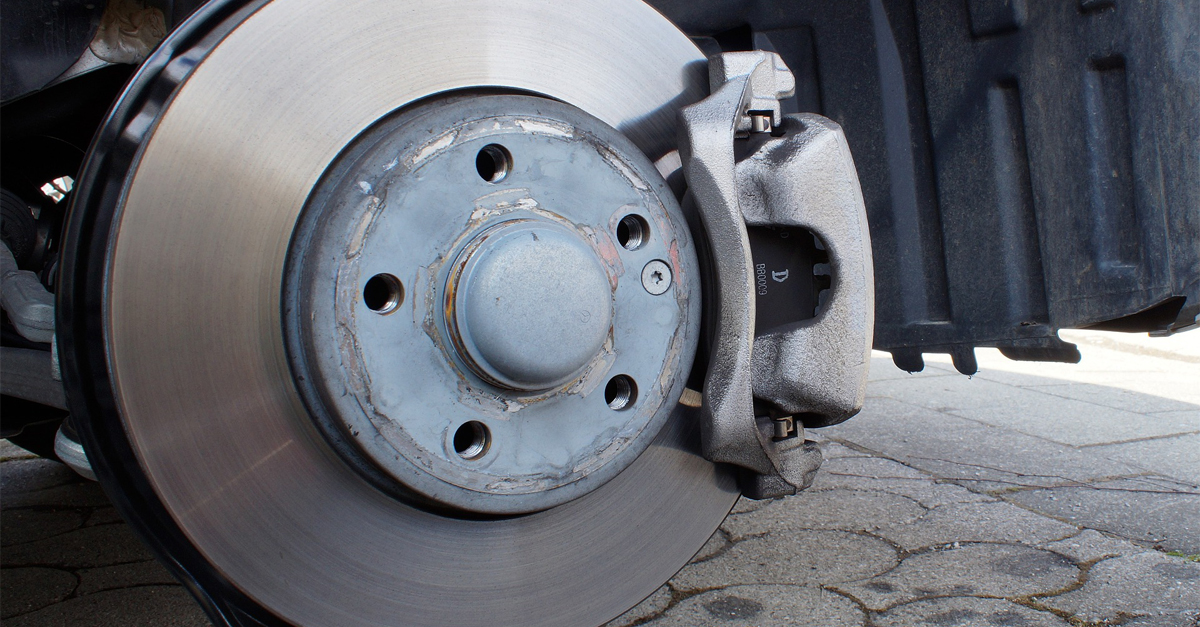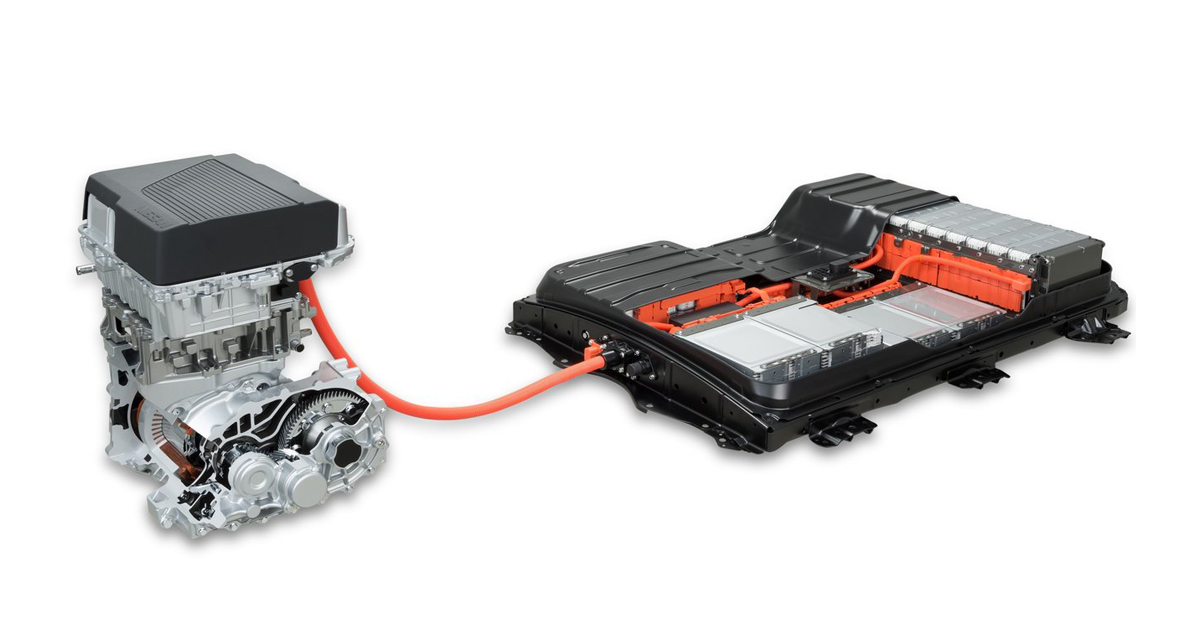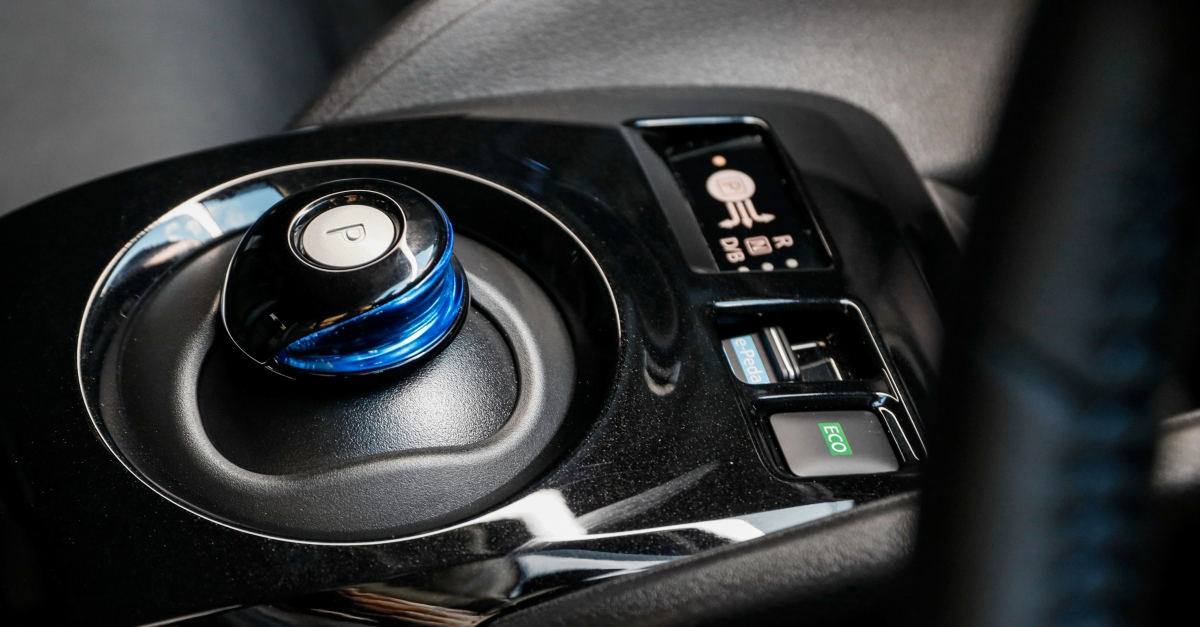Wasted energy
When driving a typical petrol or diesel vehicle, you waste a lot of energy when you brake.
Whenever you put your foot down on the brake pedal in an ICE vehicle, hydraulic fluid shifts the brake pads so that they press against the brake discs on your car. This creates friction and slows the car down.

This process is very wasteful because energy such as heat is lost to the surrounding environment when the pads and discs rub against each other.
Regenerative braking in EVs solves this problem by converting this ‘wasted energy’ back into the battery to extend the car’s range.
Ultimately, regenerative braking is a clever system that improves vehicle efficiency by reducing the amount of energy lost when braking.
How does it work?
An electric motor in an electric or hybrid car runs in two different directions. When the motor is moving forwards, it converts electrical energy into mechanical energy to push the vehicle forwards.
When the motor runs in the other direction, it acts like a generator that can convert the mechanical energy back into electrical energy to go back into the battery.

When you lift your foot up off of the accelerator, you’ll switch into regenerative braking. The motor will start to turn in the opposite direction and the battery will be recharged using the energy that would have otherwise been lost in a standard petrol car.
This braking system will differ depending on the manufacturer and the vehicle. On some EVs it will feel more powerful than on others, it depends on how the manufacturer has chosen to program it.
An hydraulic brake pedal will still be present on all cars as an alternative, if the regenerative braking isn’t slowing the vehicle down quickly enough.
One-pedal driving
Regenerative braking gives you the ability to drive your vehicle with just one foot – put your foot down to go and lift it up to stop.
When you lift your foot completely off of the pedal it should feel like the car’s brakes are locked in place.
This is called one-pedal driving and it’s a feeling that can take a little bit of getting used to when experiencing it for the first time. The regenerative braking strength can be adjusted by the driver on many of the latest models to make this a more comfortable process.

Nissan’s one-pedal driving system is called e-Pedal. The driver can turn this on or off by flicking a switch that’s placed next to the driver’s seat.
Other vehicles such as the popular Kia e-Niro have buttons behind the steering wheel so you can adjust the strength of regeneration yourself.








